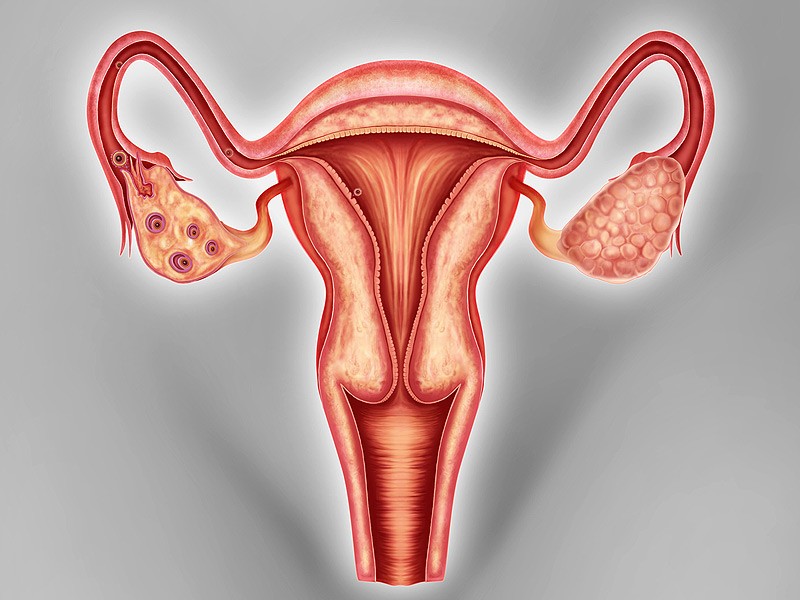Every woman must be aware of ovarian cancer as it may cause death. Here are some signs that you might have ovarian cancer. Check out the article we found at Herbs Info.
Irregular Menses
Most women are under the impression that their period should come every month – and more or less it should. However, a woman’s menstrual cycle can occur every 21 to 35 days, which is considered as the “normal” length of a typical menstrual cycle. Be aware if your menstruation doesn’t occur regularly according to your own cycle length. Give or take a few days isn’t bad but when the lapses become weeks to months, you may have a problem with your ovaries. As a women ages, menstrual cycles become more regular and shorter.
Prolonged And Heavy Bleeding
Your menstruation (a.k.a. actual bleeding) should last anywhere between 3 to 7 days. The flow usually starts off weak, then gets heavier, before tapering off. The color adjusts too – from bright to dark red as your bleeding stops. However, prolonged, heavy bleeding from the uterus can signify a problem. The walls of the uterus, called the endometrium, are thickened during the regular ovulatory process and slough off during menstruation if you aren’t pregnant (meaning there is no fertilized egg to embed in the uterine walls). If the walls become too thick, you may experience abnormal, heavy bleeding which can indicate a problem.
Bleeding In Between Periods
Persistent bleeding not attributed to the normal ovulatory process is definitely a cause for concern. You will be able to differentiate this from menstrual bleeding because of the color and timing. Bleeding in between periods is usually bright red and doesn’t taper off. You will note that you will still get regular menstruation (between 21 and 35 days) and experience bleeding in between. Like pelvic pain, this kind of bleeding can be due to tissue damage attributed to ovarian cancer.
Persistent Abdominal Pain
Menstruation can be a very difficult time for some, especially those affected with menstrual cramps aka. dysmenorrhea. Menstrual cramps typically occur right before and during bleeding – for some women, this pain can be severe while others may not feel anything at all. For people with severe menstrual cramps, it can be difficult to tell if the pain is “normal” or not. But remember this – pain that is out of the norm, persists even after menstrual bleeding has stopped and even after taking pain medication and performing relaxation techniques, is dangerous. It can signify tissue damage, internal bleeding (inside the abdomen or pelvis), and even tumor growth. Many cases of invasive types of ovarian cancer are associated with abdominal pain that persists longer than 2 weeks.
A popular theory that attempts to explain why ovarian cancer occurs is the “incessant ovulation” theory. When menstrual cycles are very short or if bleeding occurs repeatedly every few days or weeks, the ovary and uterus are consistently “disturbed”. This disruption of the surface cells of the ovary and uterus can damage and mutate its genetic make-up (the underlying cause of any cancer) and can hasten the growth of tumors. Note any other vaginal abnormalities and be sure to report these also to your healthcare professional.
Next Article: Top Reasons When You Should See A Gynecologist
Read Full Article: 10 Warning Signs of Ovarian Cancer Women Shouldn’t Ignore







Alles Paletti
May 26. 2016
Famerdt.Kyaniviral.Com
Mary Maro
May 26. 2016
What kind of testing is done to confirm ovarian cancer ?